We are part of the natural world. We are animals, apes, and the only species left in the Homo genus from what used to be at least nine. We are related to every other living organism on this planet, from the coral in the ocean to the deadly mycobacterium tuberculosis. Which means that we all come from the same place and share a common ancestor.
Non-human life is everywhere. Geysers, puddles, ocean trenches, cities, your gut — everywhere. The non-humans are more diverse, abundant, and stranger than we can grasp. You could spend your whole life dedicated to studying the biochemistry of just one species of fungi in your neighbourhood.
Sure, you can trauma-bond with the dude who won’t stop talking about his two-month “spiritual” journey in Thailand, or you could get to know a truly interesting creature such as the pawpaw tree, known for the pawpaw fruit that the Canadian Encyclopedia claims tastes like “a combination of banana, mango, and pineapple” and smells like death.
What I’m getting at is that the root cause of the destruction of our Earth is our belief that we are separate from it — that humans are above every other life form and process on this planet and that we are more valuable. This false dichotomy — that there is human society and then there is nature — perpetuates this destructive mindset.
Human society is not separate from nature but rather a subset of it, which means it is not impossible for us to coexist as we are not inherently destructive. We are organisms that shape our environment just like every other organism, and we can do so in a beneficial manner.
If you want to truly “appreciate” nature, get to know it. We all call this city home and form communities within it. Non-humans share this home and have their own communities that overlap with ours. They are our neighbours. Learn their names, their identities, and how they live. Recognize them as the kin they are.
I live on the UTSC campus, with Highland Creek right behind me. Let me show you a little bit of my community in the form of somewhat crappy Samsung photos.
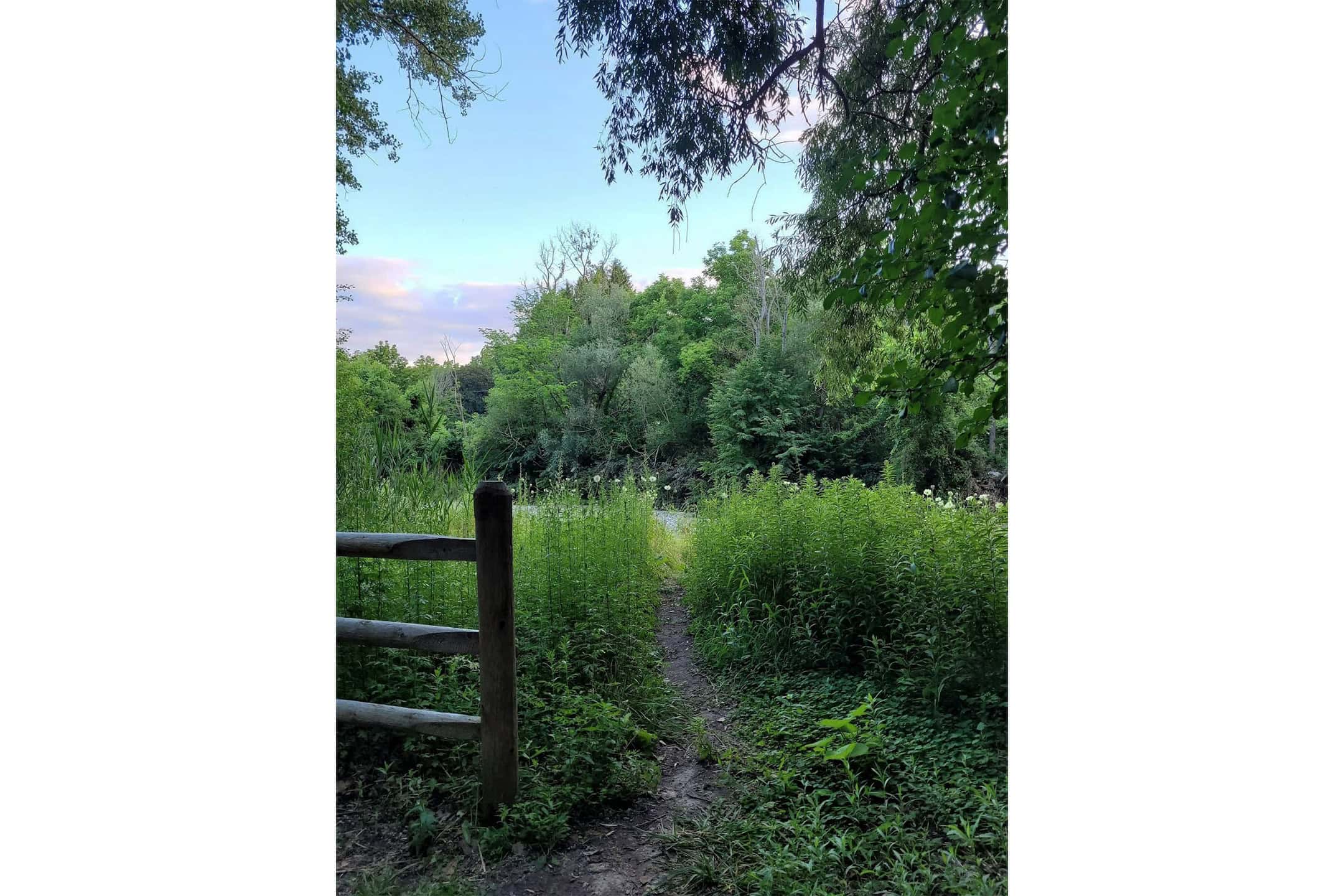
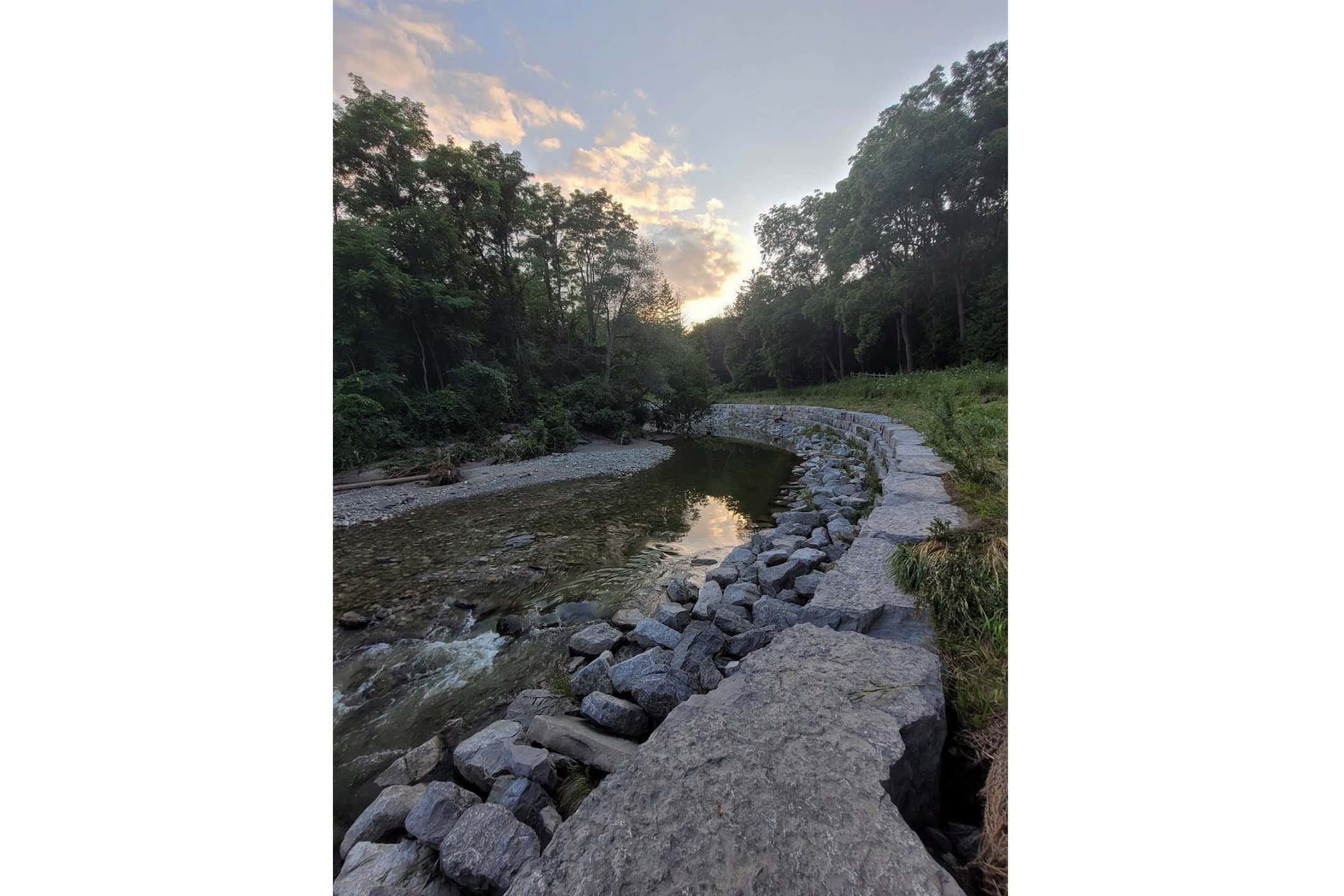
Meet the paths, stones, and the river that winds through Highland Creek.
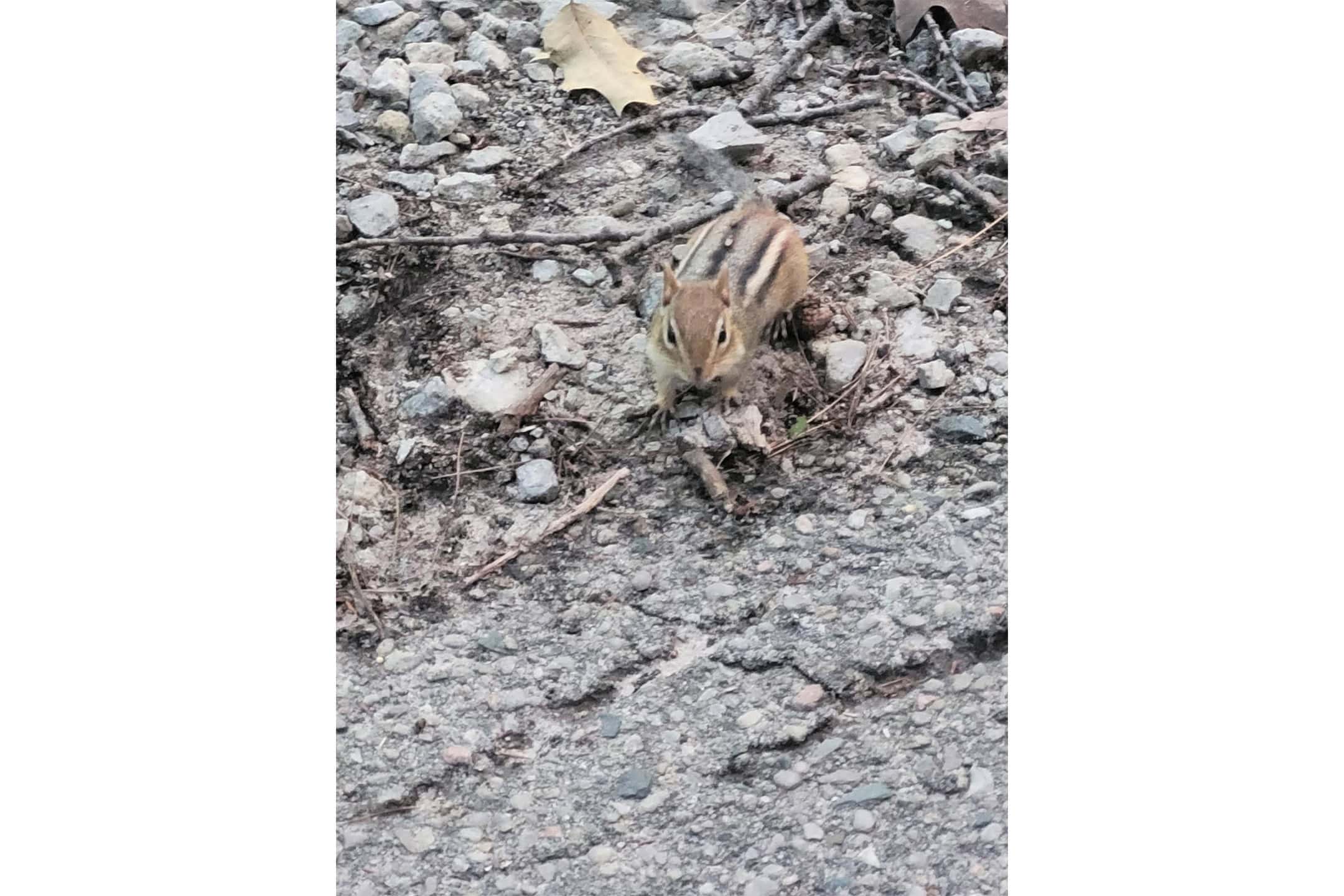
I saw this squishy thing as I ventured further into the creek: an Eastern Chipmunk. Don’t feed it — it bites and can become accustomed to handouts.

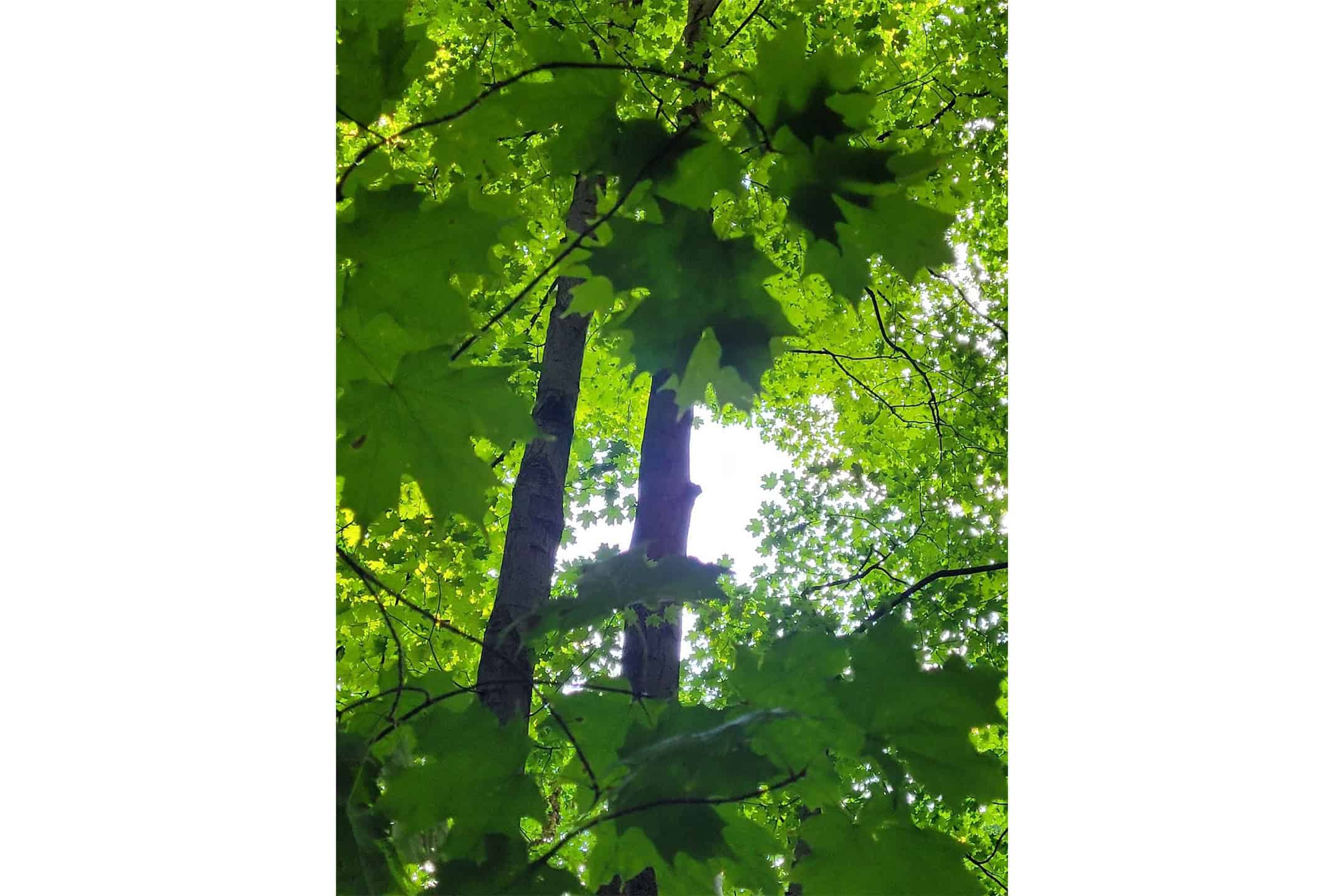
This is a Sugar Maple tree, the source of maple syrup and a major food source for all the critters around, like the bitey chipmunk.
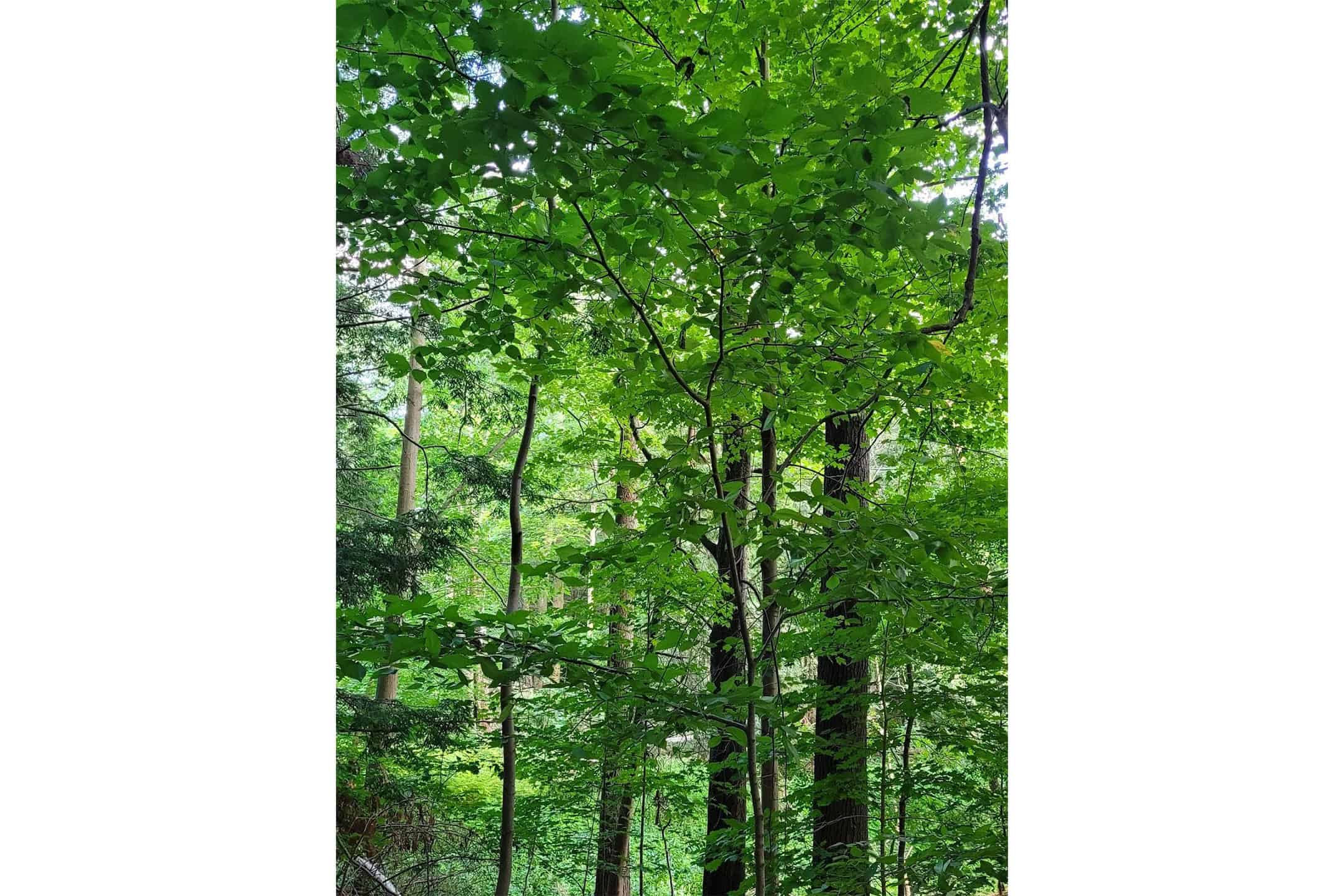
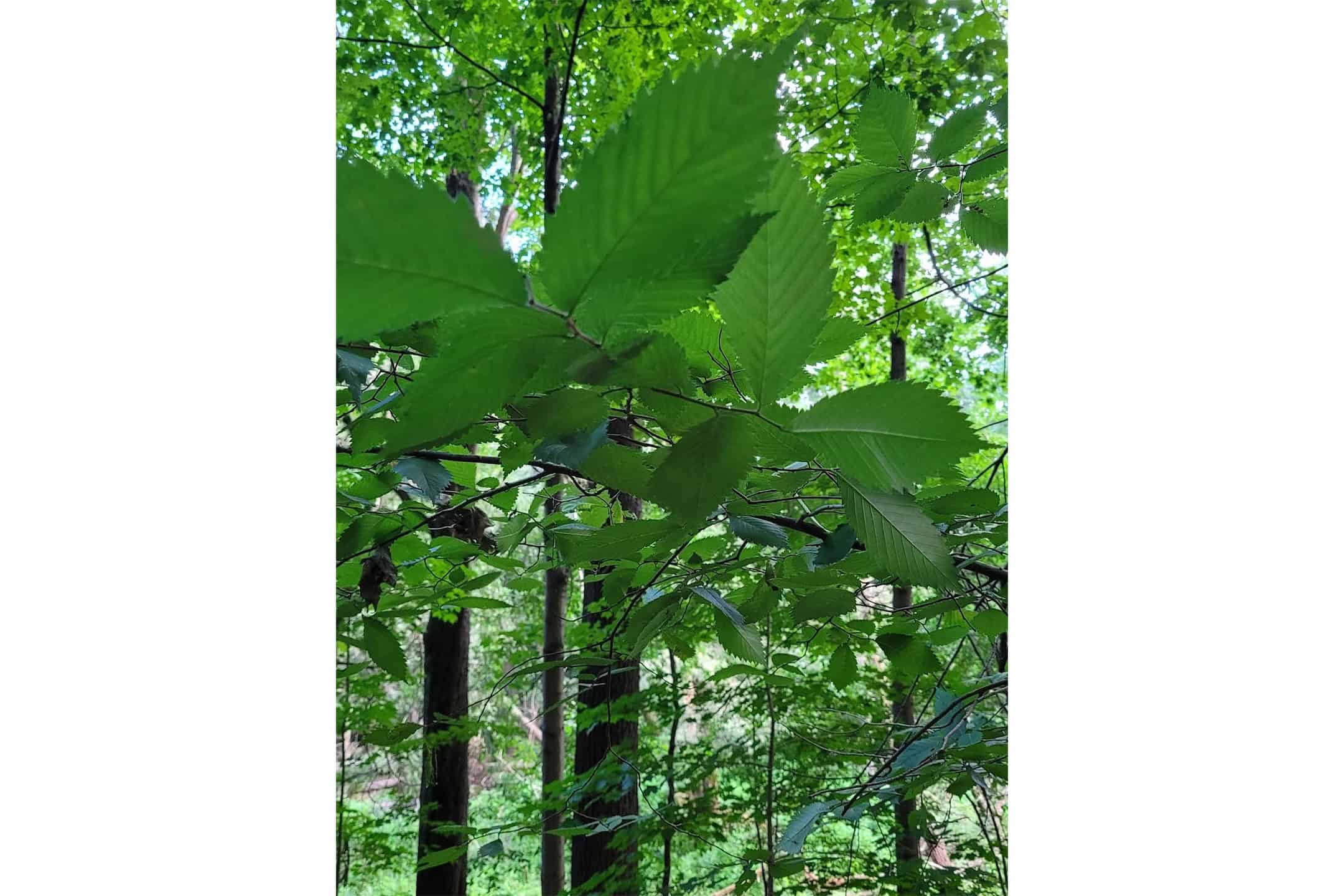
Meet an American Elm. These trees have been doing their best to resist Dutch Elm Disease, and I hear they’re making a springing comeback.
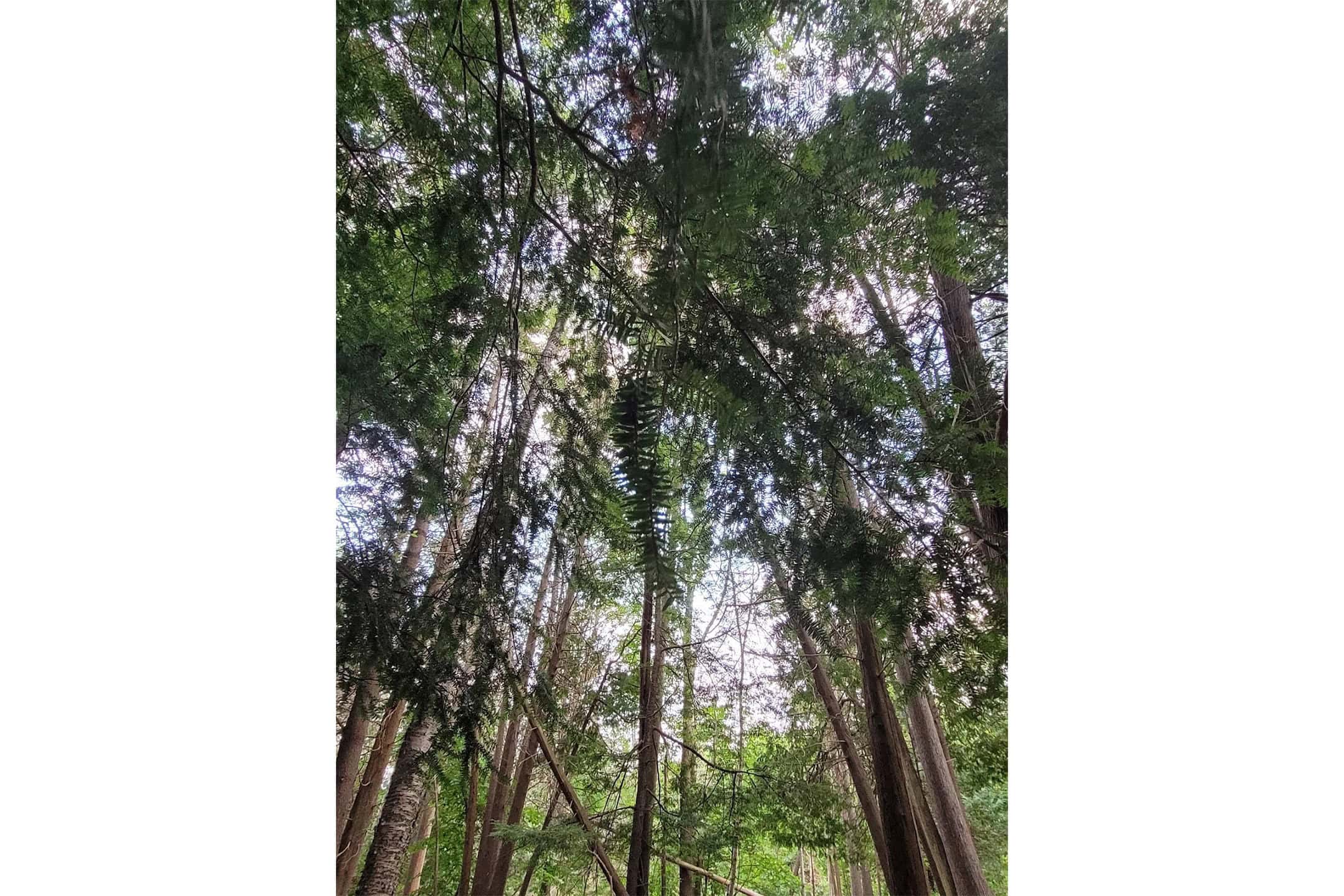
These are a couple of Eastern Hemlocks. Communities need each other, so when the hemlock population declines, the Eastern Redback salamander loses half its population.
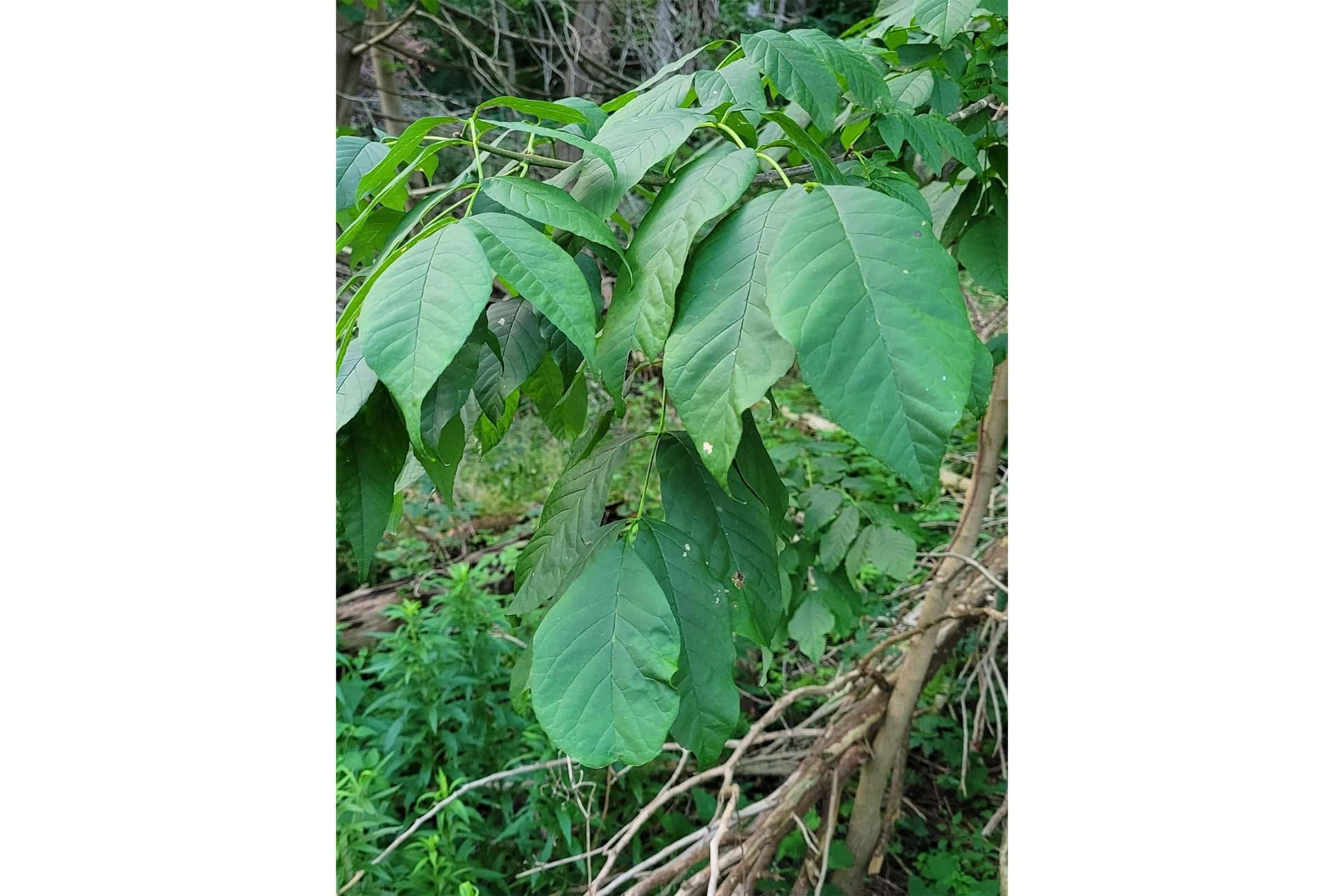
Pretty sure this is a Shagbark Hickory, and the source of the edible hickory nuts in Ontario.

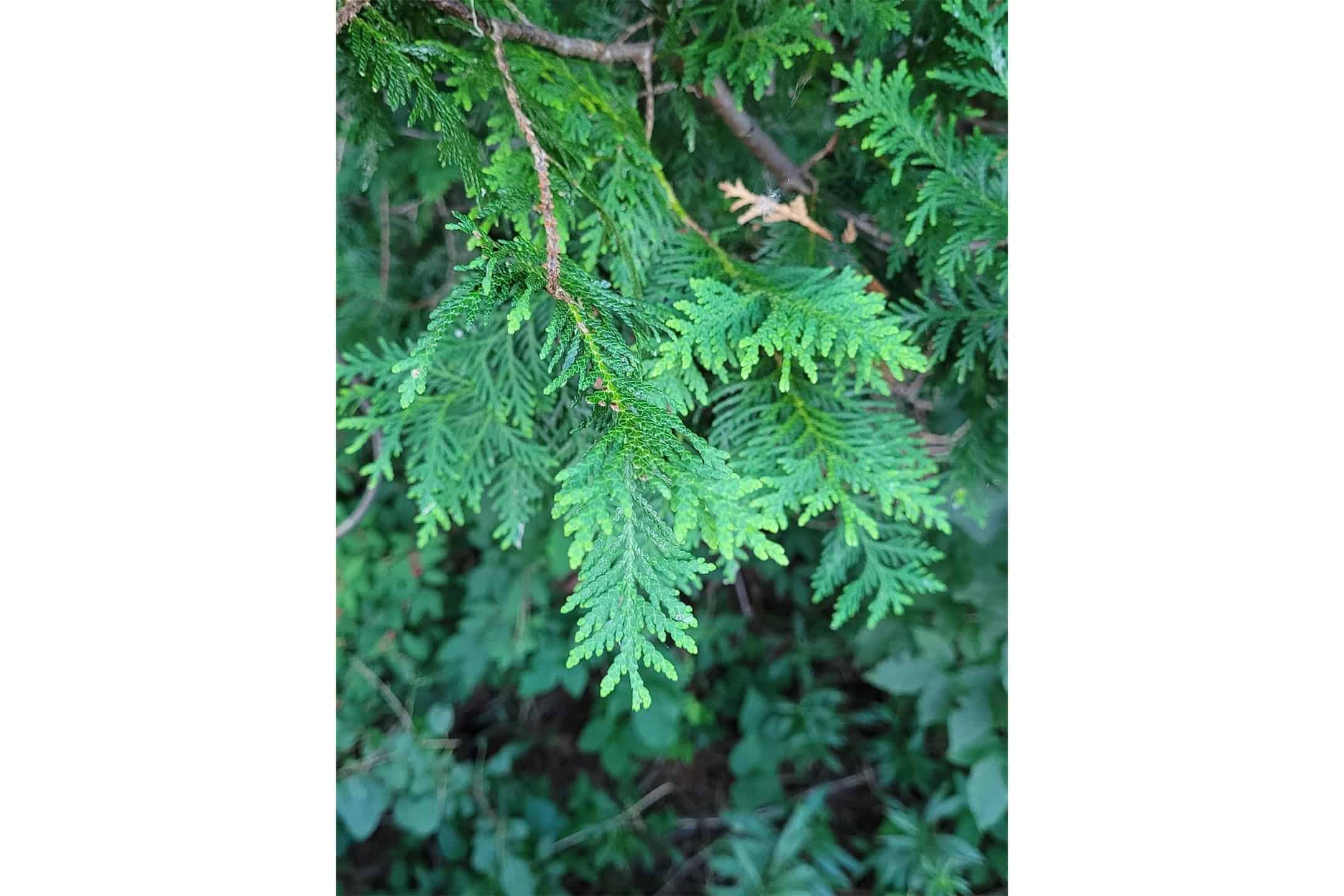
This stunner is an Eastern White Cedar, also known as the “Tree of Life.” Look into why. You pay for the internet for a reason.
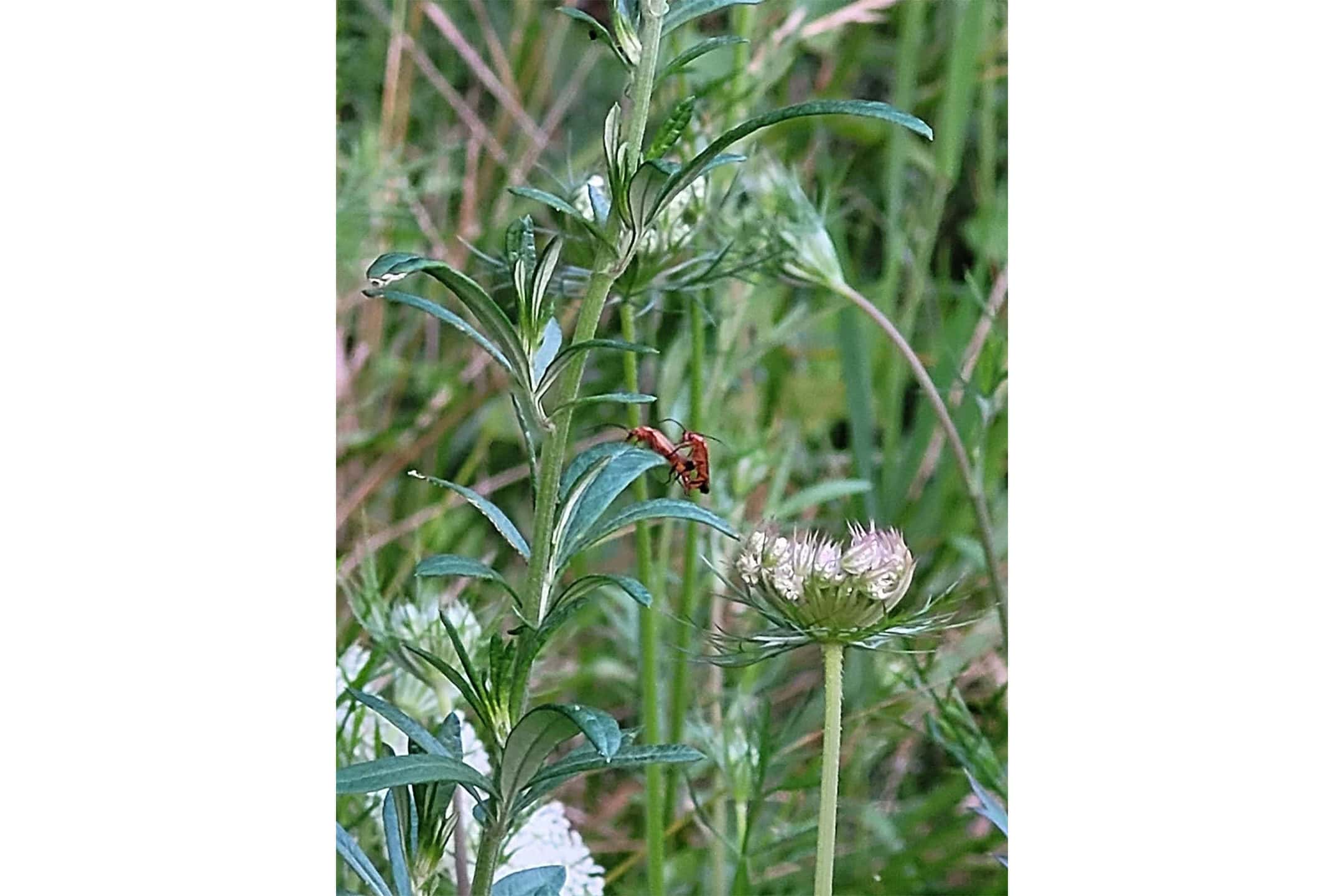
I don’t know what these are because insects both scare and fascinate me, but according to Google, they are red soldier beetles. I also just happened to catch these two mating.
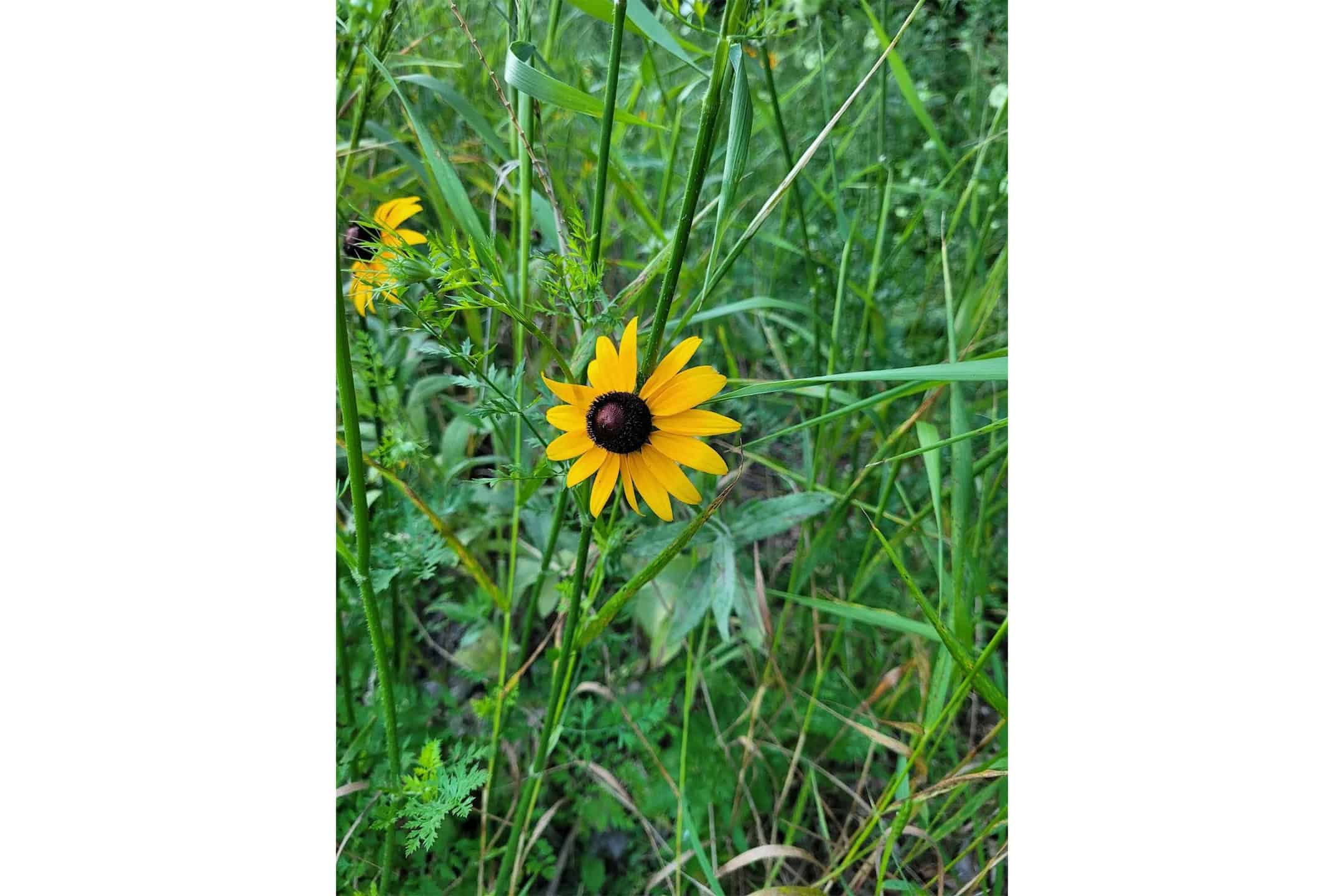
Ah, a Black-eyed Susan. She’s everywhere and quite bold, but she looks great in the garden and attracts butterflies. I’ve named this one Susan.
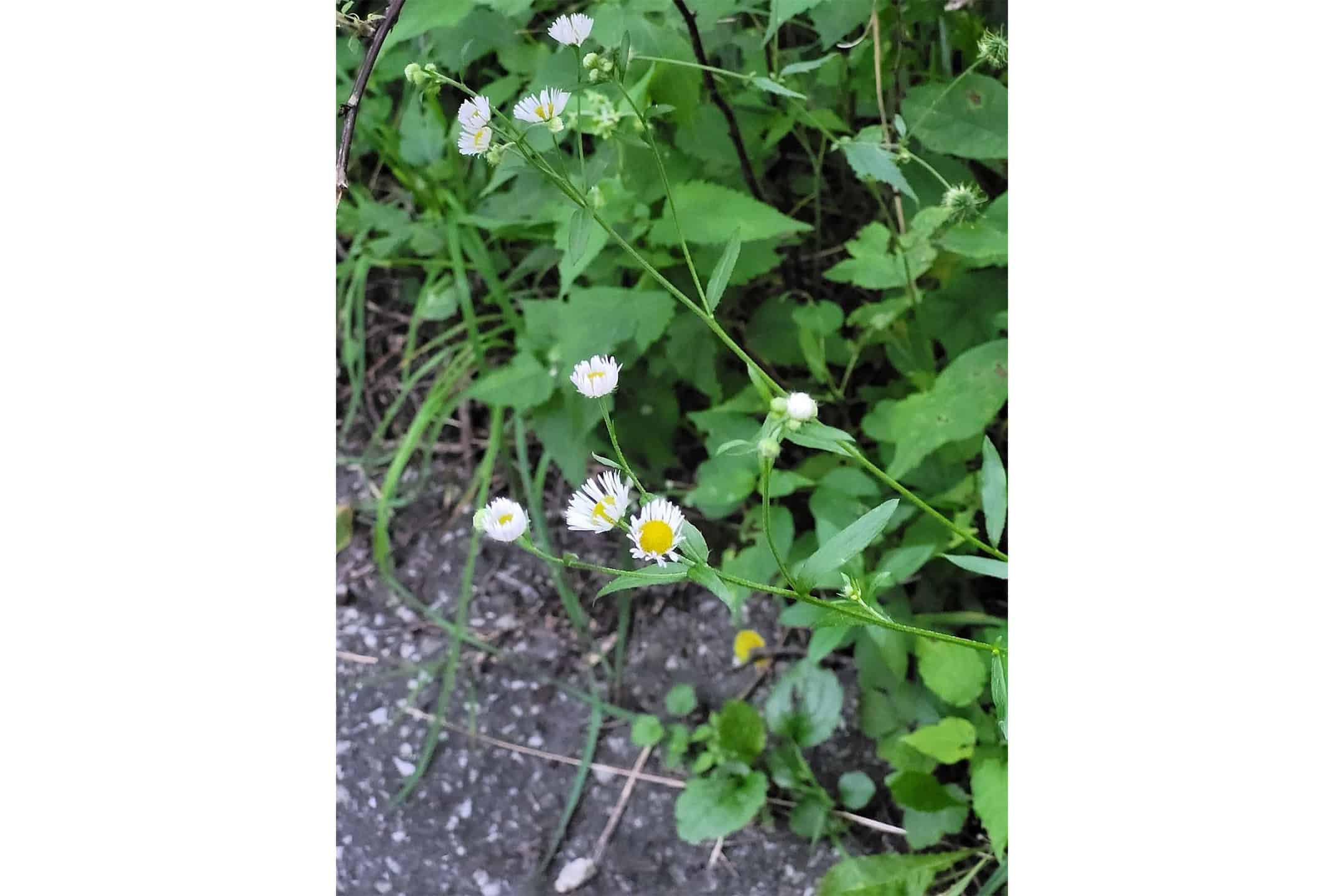
These are Daisy Fleabanes. They’re part of the important Aster family, cousins to the sunflowers, and they can become quite weedy quickly.
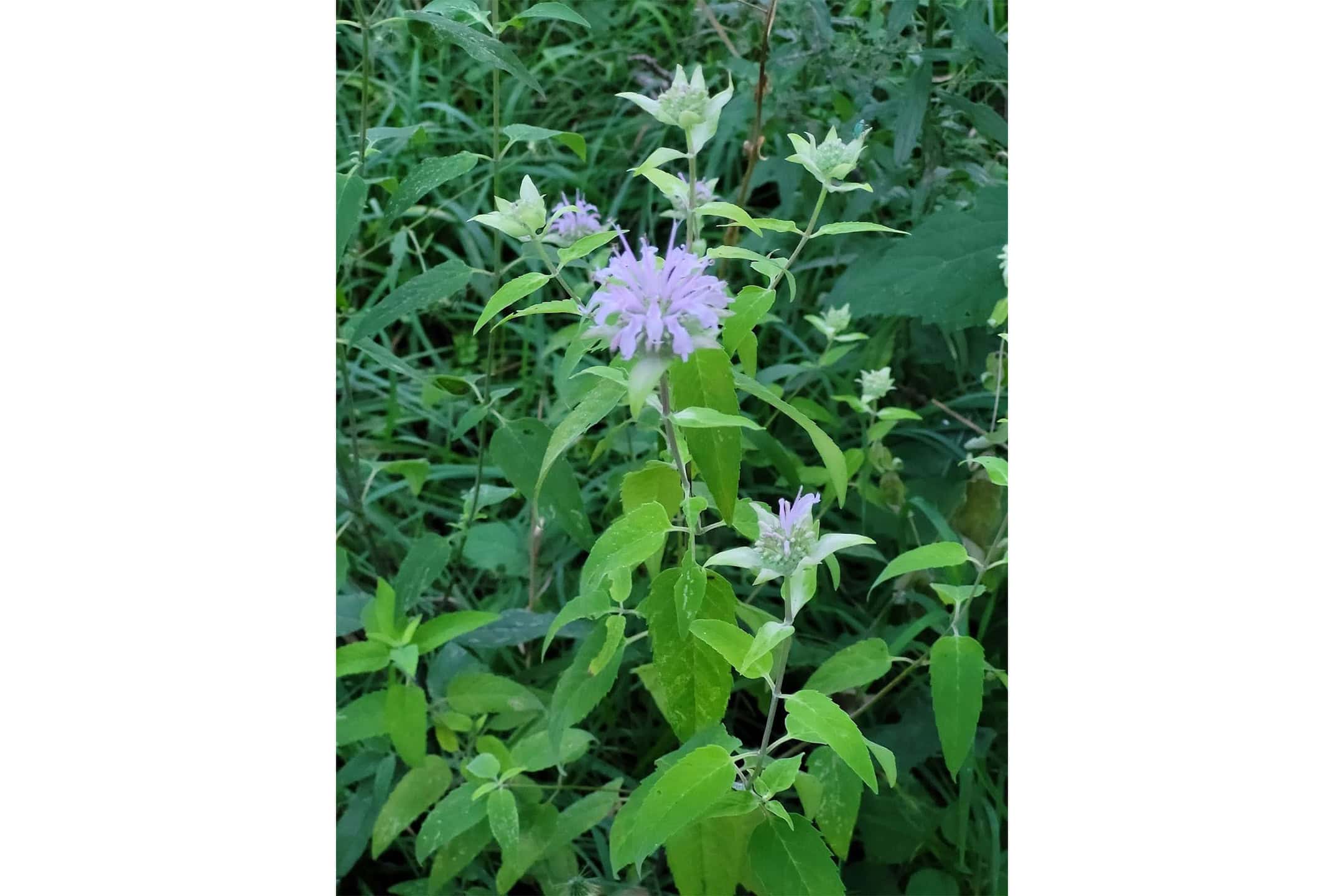
A couple of flashy Wild Bergamots. They’re part of the mint family, and can be used to make Earl Grey tea. They are also close friends with bumblebees.
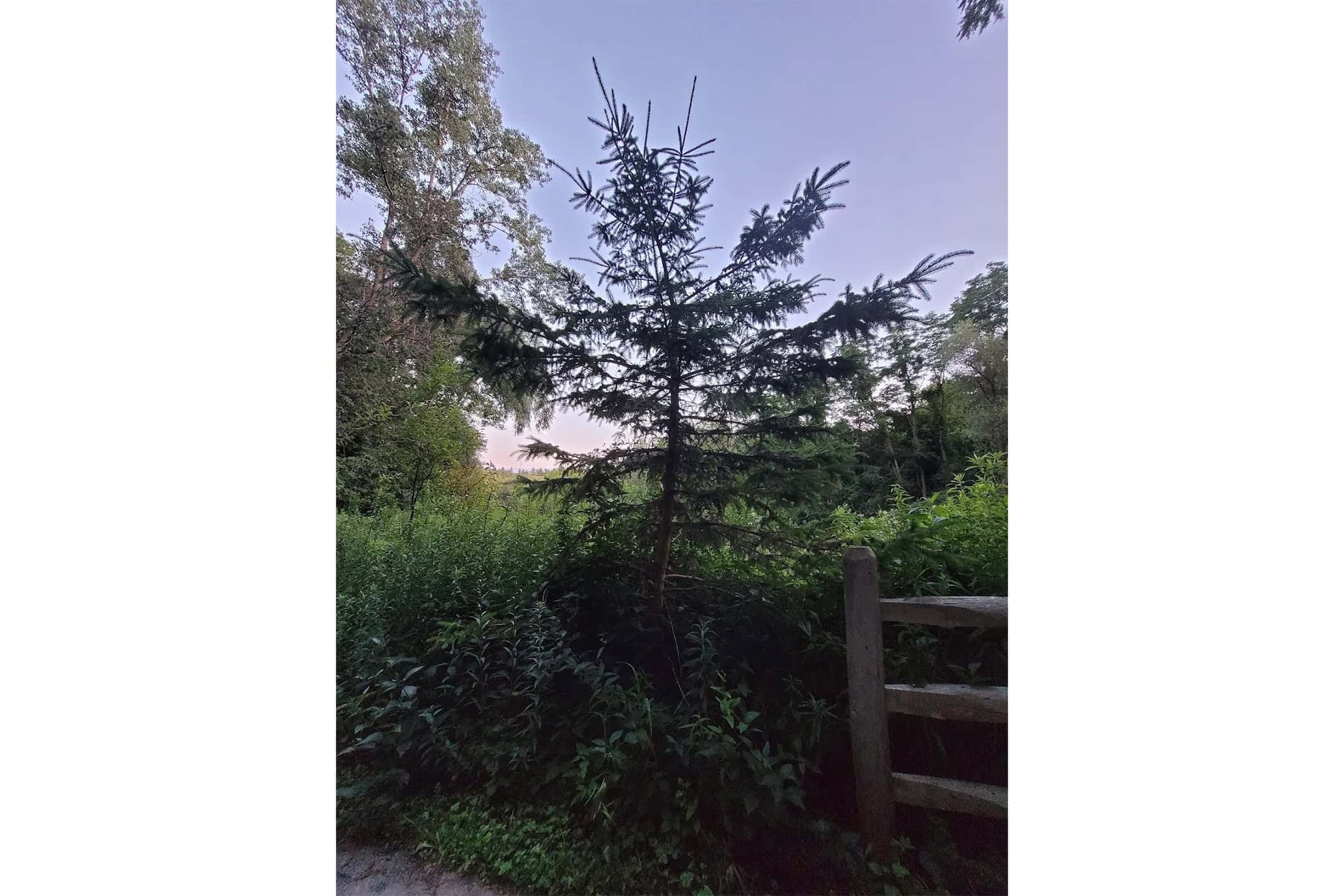
This absolute supermodel is a spruce, possibly a White Spruce, also known as the Christmas Tree. She can live for almost a thousand years, and she certainly deserves to. Just look at her. We’re just friends — she doesn’t like me like that.
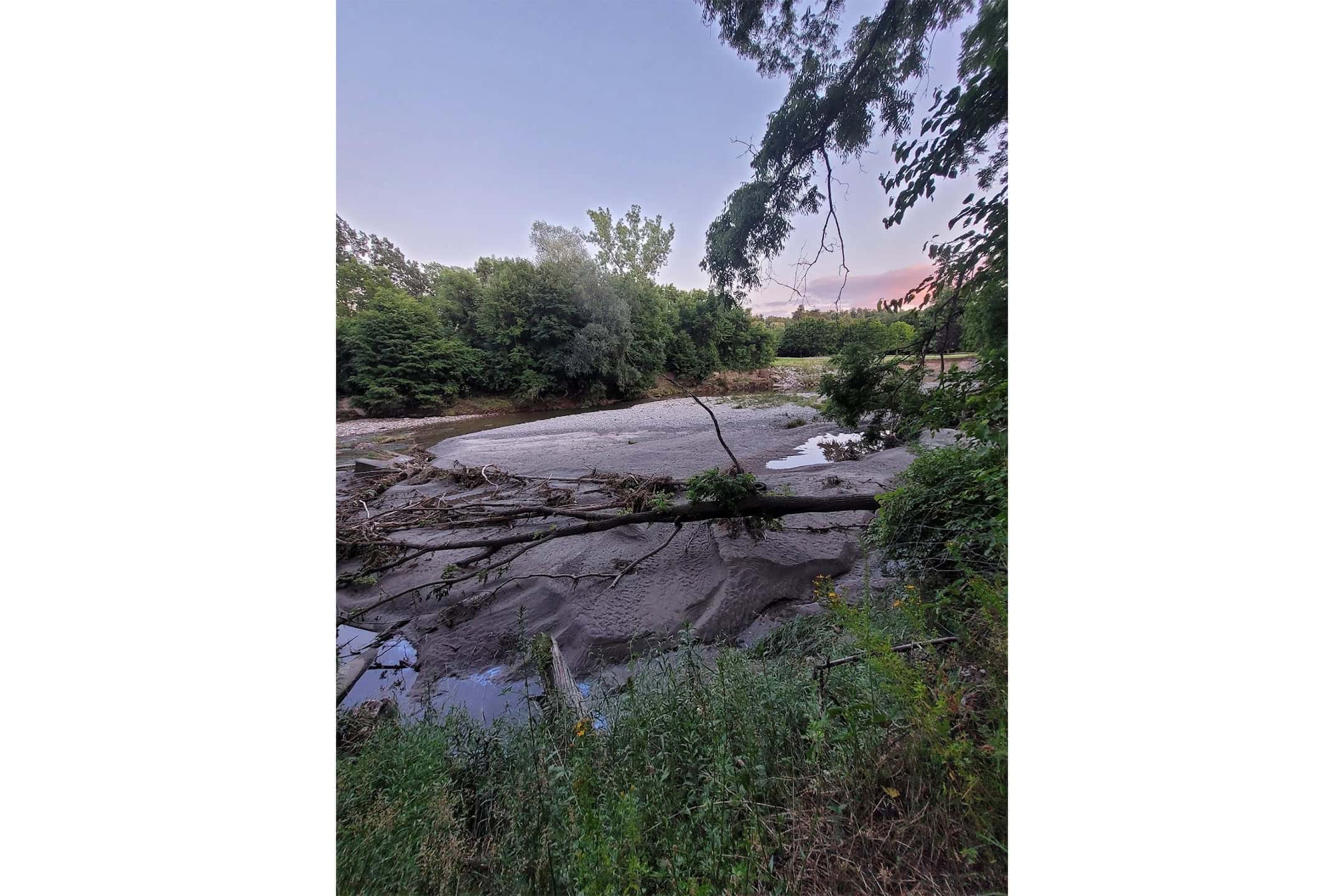

Just so you know, this is all part of the Laurentian Shield, one of the oldest bedrocks on Earth, which underlies much of North America.
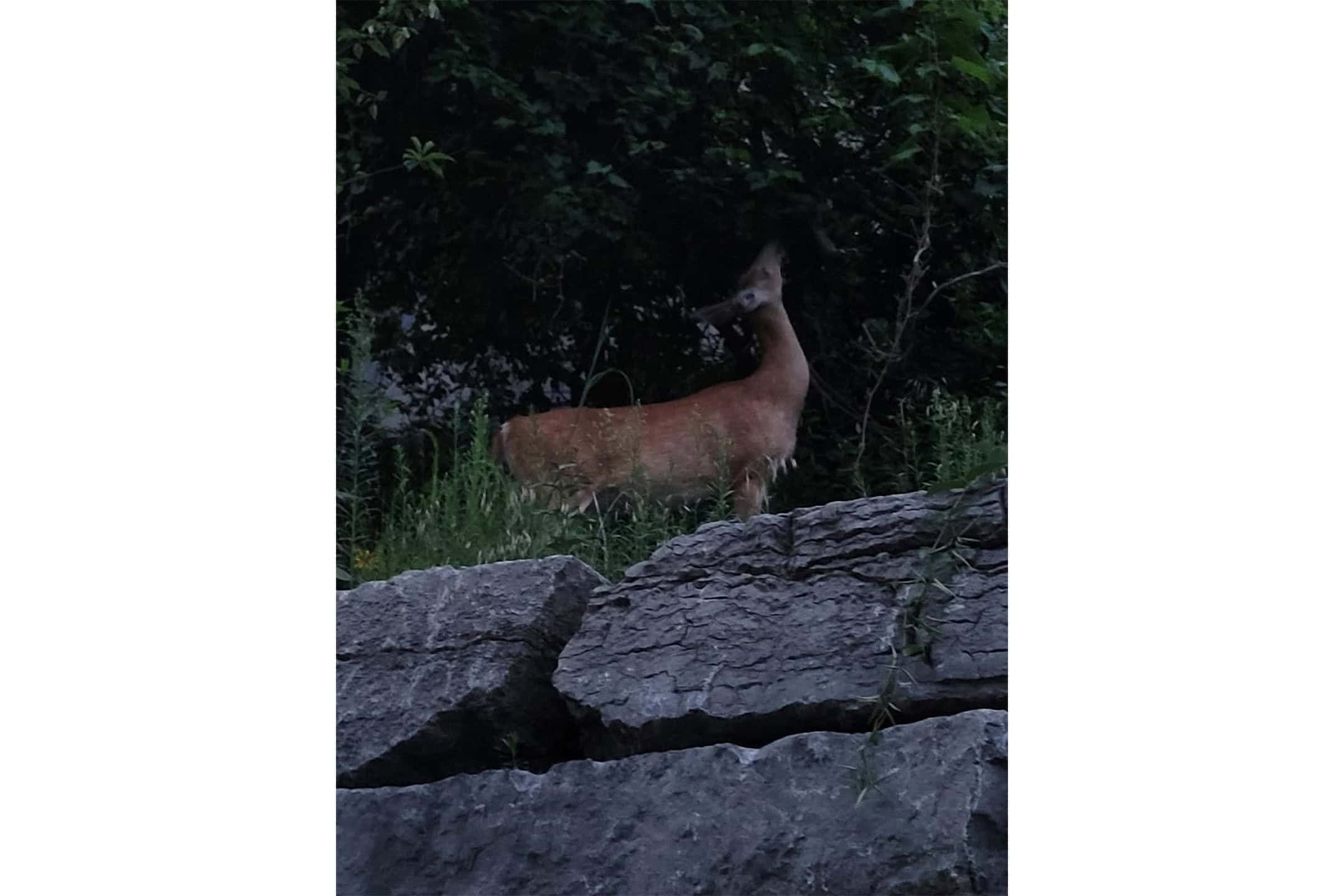
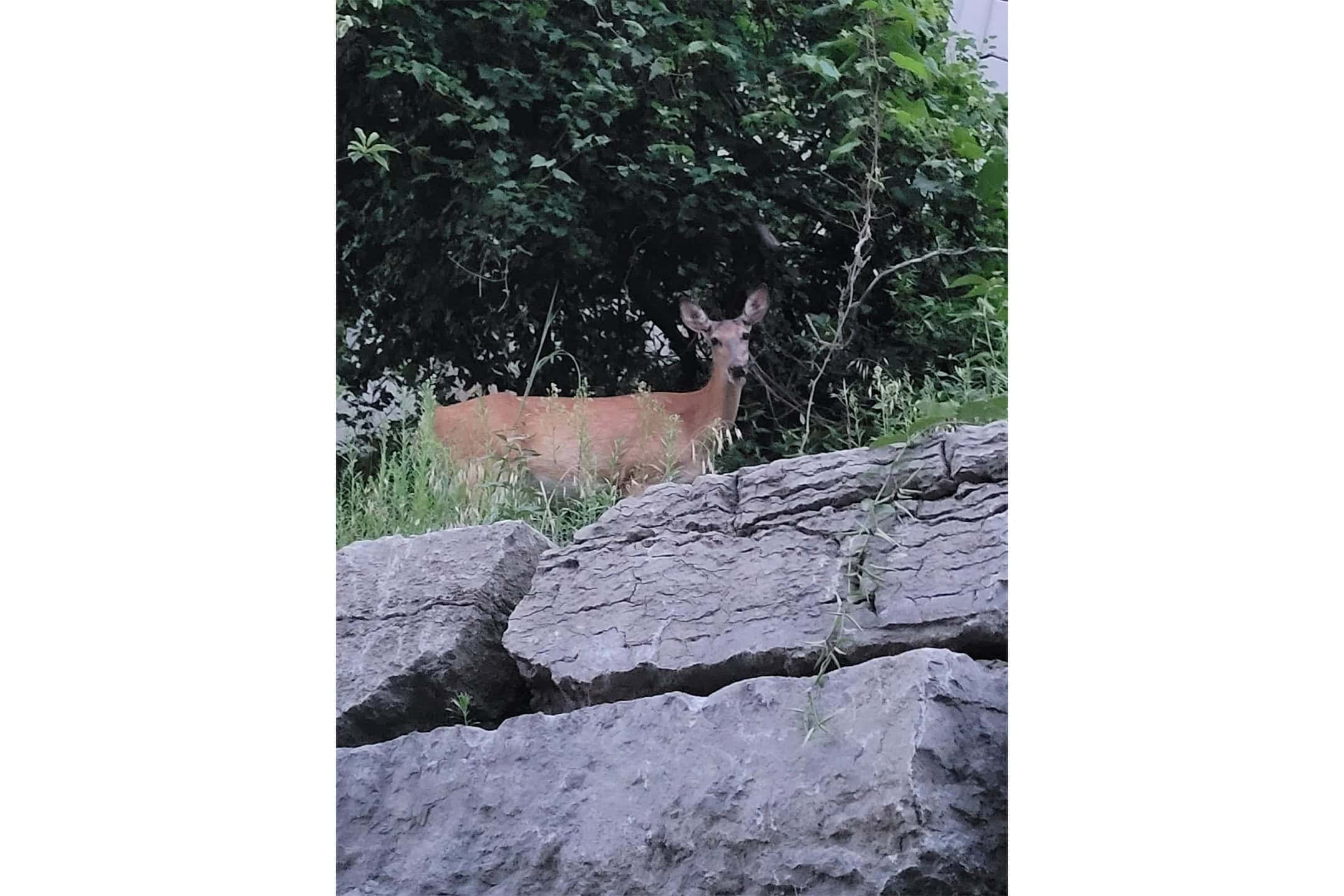
Finally, I caught this beautiful white-tailed Deer having dinner as I was leaving. She saw me but didn’t seem to mind me professing my undying love for her — though not in a weird way. They need to eat about two to five kilograms a day, so I let her do her thing.
I’m still learning, so if I misidentified any of these creatures, let me know. For context, people sometimes refer to me as Indian even though I’m Bengali — yes, there’s a difference. These organisms are not people, but that doesn’t mean they’re any less important. Every life is unique and worth knowing.


No comments to display.